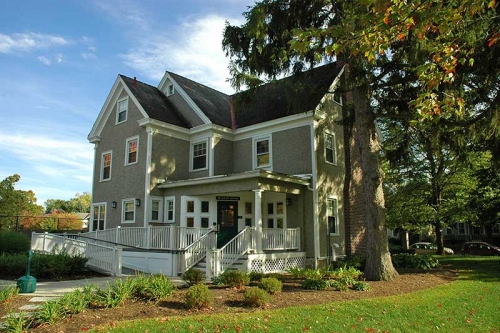To be considered for capitalization, and thus subject to depreciation, an asset must fulfill three characteristics:
- The asset must be acquired (purchased, gift-in-kind) for use in operations, and not for investment or sale.
- The asset (per individual unit) must have a useful life of at least one year.
- The asset (per individual unit) must have a cost value of $5,000 or more.
A group or lot of moveable equipment that in total costs $5,000 or more, but each unit costs less than $5,000, will not be capitalized. Examples of this type of group purchase include, but are not limited to, one lot of furniture or computer workstations where the total cost is $5,000 or more, but the unit cost is less than $5,000.
Expenditures subsequent to initial acquisition may be capitalized. These include the cost for renovations, betterments, or improvements that add to the permanent value of the asset, make the asset better than it was when it was purchased, or extend its life beyond the original useful life. To capitalize these costs, the total subsequent project cost must exceed $5,000 and must fulfill at least one of the following criteria:
- The useful life of the asset is increased.
- The productive capacity of the asset is improved.
- The quality of units/services produced from the asset is enhanced.
